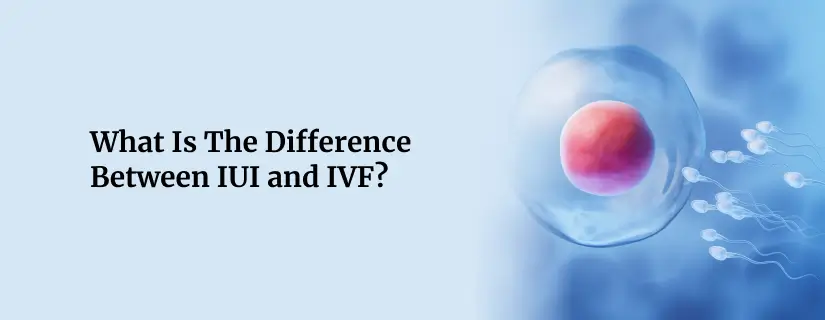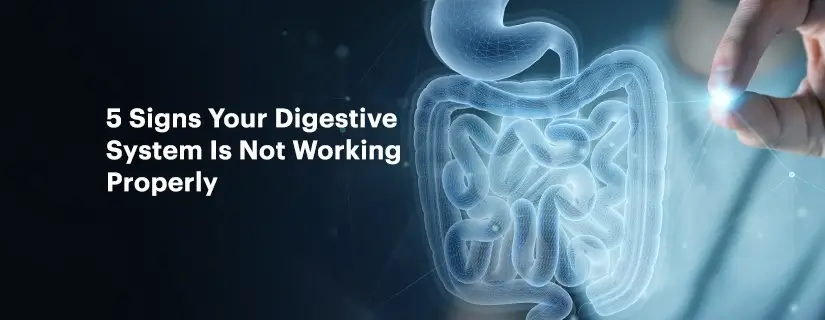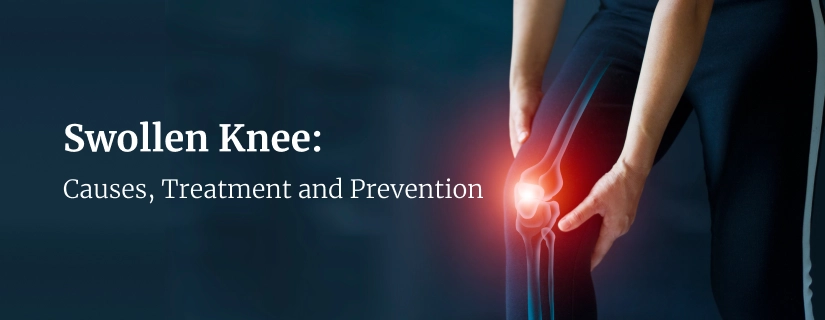-
Doctors
-
Specialities & Treatments
Centre of Excellence
Specialties
Treatments and Procedures
Hospitals & Directions HyderabadCARE Hospitals, Banjara Hills CARE Outpatient Centre, Banjara Hills CARE Hospitals, HITEC City CARE Hospitals, Nampally Gurunanak CARE Hospitals, Musheerabad CARE Hospitals Outpatient Centre, HITEC City CARE Hospitals, Malakpet
HyderabadCARE Hospitals, Banjara Hills CARE Outpatient Centre, Banjara Hills CARE Hospitals, HITEC City CARE Hospitals, Nampally Gurunanak CARE Hospitals, Musheerabad CARE Hospitals Outpatient Centre, HITEC City CARE Hospitals, Malakpet Raipur
Raipur
 Bhubaneswar
Bhubaneswar Visakhapatnam
Visakhapatnam
 Nagpur
Nagpur
 Indore
Indore
 Chh. Sambhajinagar
Chh. SambhajinagarClinics & Medical Centers
Book an AppointmentContact Us
Online Lab Reports
Book an Appointment
Consult Super-Specialist Doctors at CARE Hospitals
Knee Joint Instability: Causes, Symptoms, Diagnosis, Risks, Treatment and Recovery
Updated on 16 October 2023

Knee instability is a condition where the knee tissues pop out of the knee joint, which may or may not be accompanied by pain. This occurs mainly as a result of injury but may also be caused due to osteoarthritis and fractures or dislocations in the knee joint. This can be treated using physical therapy but may require surgical intervention if the injury is severe.
What is Knee Instability?
Knee instability is a condition which is associated with the feeling that the knees are giving out. It occurs commonly due to injury to the ligaments that connect the knee joint to the upper thigh bone (femur), but may also occur due to a number of other causes. Symptoms of instability may be felt when twisting or side-to-side movement is made with the knee. This can occur even when trying to perform simple routine activities. It is also common for people to experience knee instability with pain and swelling. Knee instability may affect one or both knees with a greater chance of recurrence if left untreated
Symptoms of Knee Instability
Different symptoms of knee instability may include the following:
- A loud snap or pop sound at the time of injury
- Sudden and severe pain in the affected knee
- Swelling
- Feeling loosening of the knee
- Inability to handle the weight on the affected knee
What Causes Knee Instability?
Knee instability occurs when the connective tissues (muscles, ligaments, and tendons) of the upper femur (thighbone) that go over the knee cap become unstable. This leads to the kneecap moving outside of the pull of the muscles. Some of the common causes of knee instability are:
- Injury to the patella (knee bone)
- Infection in the knee joint
- Arthritis
- Knee fractures
- Kneecap dislocation
- Meniscus tear (injury to the kneecap cartilage)
- Loose ligaments or flexible joints
- Injury to the ligaments in the knee – Anterior Cruciate Ligament (ACL), or Posterior Cruciate Ligament (PCL)
- Medial Collateral Ligament (MCL) injury
Who is at risk for Knee Instability?
Some people may be greatly predisposed to experiencing knee instability.
- Young athletes
- Dancers
- Women
- Older people
- Obese people
- People involved in physical labour
- Having a history of prior knee injury
Diagnosing Knee Instability
To diagnose knee instability, a healthcare provider or orthopaedic specialist will perform a physical examination and check for the symptoms and medical history of the patient. The physical examination of the knee may help to reveal any deformities or problems with movement. The specialist may also perform a few physical tests, such as bending the knee when lying down and rotating the leg/knee to find signs of ligament tears or injuries.
Imaging tests may also be needed to determine the nature and extent of the injury. X-rays and MRI or CT scans may need to be performed. Arthroscopy may also need to be performed for certain types of injuries. The arthroscopy procedure involves using an arthroscope, which is a narrow flexible tube with a light on its head that helps to navigate through the space in the joint to examine the connective tissues and muscles.
Treatments for Knee Instability
Treatment for knee instability depends upon the nature and the extent of instability.
- Mild knee instability with or without pain may be treated with physical therapy to improve movement and strength in the knees, especially in the muscles around the knee joint. If there is pain in the knee joint due to instability, home remedies may help to reduce initial swelling and pain by using ice packs and taking pain medications. Steroid knee injections may also help to alleviate knee pain. However, it is always recommended to consult a doctor before receiving any injection.
- For partial knee dislocations, immobilization may help to heal the patellar region. Knee braces may be provided to immobilize the knee and keep the kneecap set in its place. Patients may need to wear the brace for several weeks and may require a crutch to assist them in walking. Additionally, physical therapy and pain-relieving medications may be recommended.
- When knee pain or injury is severe, or there is chronic knee instability, surgical intervention may be required to repair or reconstruct the damaged or broken ligaments. Arthroscopy-assisted surgery is the most common form of knee surgery which requires making small incisions to pass the arthroscope and surgical instruments into the knee joint for performing the operation.
Recovery
Recovery from surgical treatment requires about 6 to 12 months, depending on the extent of the surgery. Physical rehabilitation may be required during the recovery phase to aid in faster healing and prevent any complications
When should you see a doctor for knee instability?
It is better to get checked by an orthopaedic specialist if the knee instability is interfering with daily life activities and causing intense pain. The first line of treatment may involve non-surgical methods and immobilisation along with physical therapy to reduce pain and strengthen the muscles, ligaments, and tendons. In case of severe injury, surgical intervention may be sought
Conclusion
When the knee suddenly feels like giving away, it could be a sign of ligament injury leading to knee instability. Knee instability may also be caused by a number of other conditions that do not involve injury. The treatment depends on the type and severity of knee instability. Sometimes, knee pain instability may heal on its own while other causes of knee instability may require surgical treatment. It is important to consult a doctor promptly as soon as you experience symptoms in order to receive the best treatment.
ENQUIRY FORM
SELECT CATEGORIES
-
Neurosciences (16)
-
Neurology (37)
-
Neurosurgery (14)
-
Orthopaedics (48)
-
Oncology (33)
-
Obstetrics and gynecology (52)
-
Pulmonology (23)
-
Urology (20)
-
Nephrology (13)
-
Psychiatry (7)
-
Dietetics and Nutrition (111)
-
General Medicine (63)
-
Cardiac Sciences (32)
-
Vascular & Endovascular Surgery and Interventional Radiology (15)
-
Gastroenterology (46)
-
Endocrinology (23)
-
Plastic Surgery (10)
-
Critical Care Medicine (5)
-
COVID-19 (16)
-
Dermatology (16)
-
Emergency Care (1)
-
Ophthalmology (4)
-
Pediatrics (14)
-
Laparoscopic and Bariatric Surgery (8)
-
ENT (15)
-
Kidney Transplant (1)
-
Liver Transplantation and Hepatobiliary Surgery (5)
-
General Surgery (3)
-
Internal Medicine (5)
-
Medicine Information
Child Limping: Causes, Symptoms, Diagnosis and Treatment
Shoulder Instability: Causes, Symptoms, Diagnosis, Risks, and Treatment
YOU MAY ALSO LIKE
RECENT BLOGS
-

Preterm Birth (Premature Birth): Symptoms, Causes, Treatment and Prevention
13 May 2025
Read More
-

Rotablation Angioplasty: Benefits, Treatments, And Recovery Time
9 May 2025
Read More
-

What Is The Difference Between IUI and IVF?
9 May 2025
Read More
-

Venous Malformations: Causes, Symptoms, and Treatment
30 April 2025
Read More
-

Varicose Vein Foam Sclerotherapy: Treatment, Benefits, and Procedure
30 April 2025
Read More
-

Radiofrequency (RF) Ablation Treatment for Varicose Veins: Know More
30 April 2025
Read More
-

Varicose Vein Sclerotherapy: Treatment, Benefits, and Procedure
30 April 2025
Read More
-

Varicose Vein Endovenous Laser Ablation: Procedure, Benefits, Risks
30 April 2025
Read More
Have a Question?
If you cannot find answers to your queries, please fill out the enquiry form or call the number below. We will contact you shortly.















































